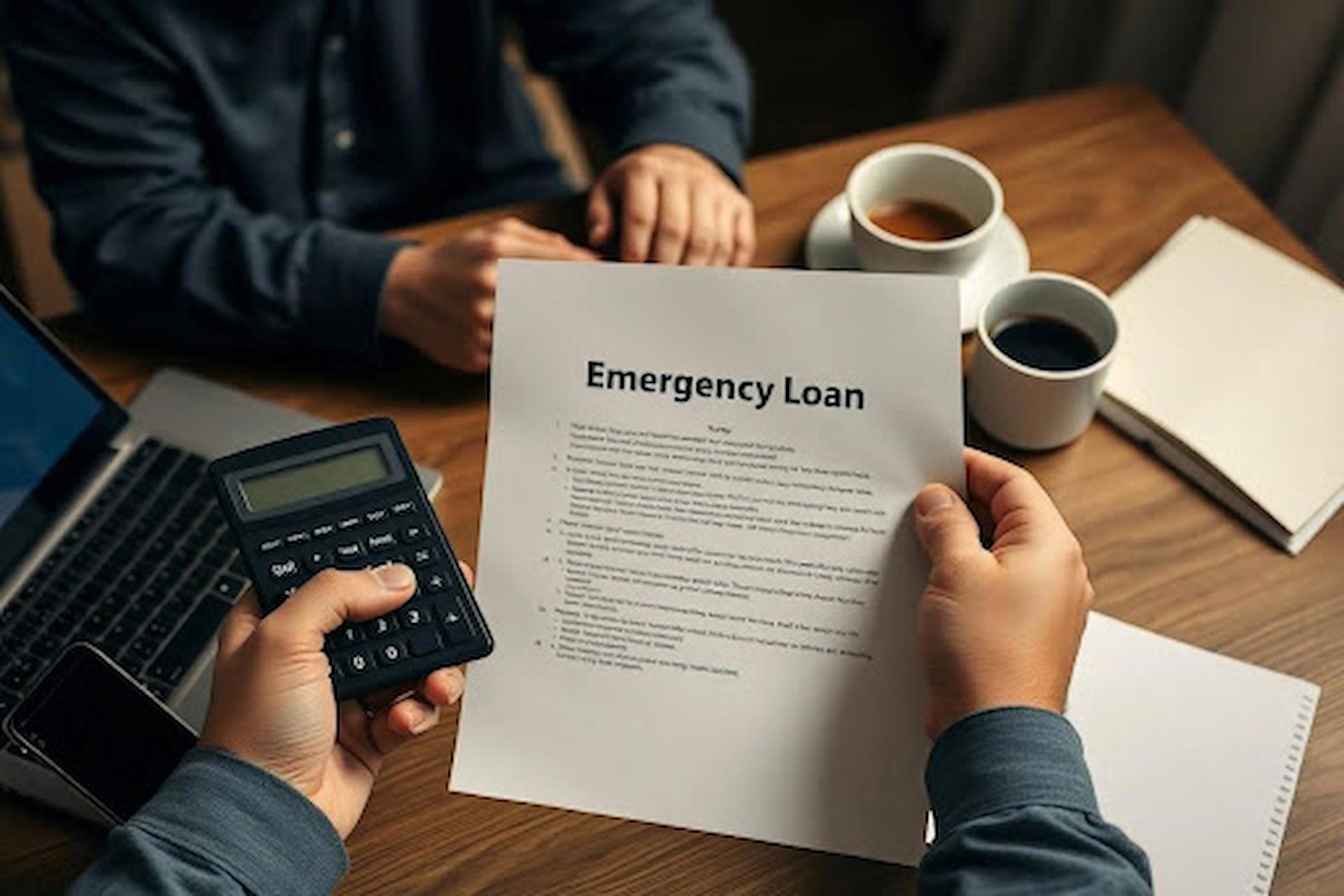Emergency loans are lifelines for households facing sudden financial shocks. But how do they impact long-term resilience? This article explores how emergency loans support families during crises, their pros and cons, and strategies to use them wisely. Dive into understanding how emergency loans fit into a broader financial safety net and how they can be leveraged to build lasting household stability.
Life is unpredictable. A sudden medical bill, urgent car repair, or unexpected job loss can derail any household’s budget. For many, an emergency loan becomes the quickest solution to stay afloat. But while these loans provide immediate relief, their long-term impact on household financial resilience is often overlooked.
This article will explore how emergency loans function as a financial buffer, their benefits and drawbacks, and strategies to ensure they strengthen, not weaken, household financial health.
Emergency Loans: The Basics
An emergency loan is a form of short-term credit designed to cover unforeseen expenses. Unlike traditional loans, they are processed quickly, with minimal documentation. Emergency loans come in various forms:
- Personal loans
- Payday loans
- Credit union emergency loans
- Online instalment loans
Each type has different interest rates, repayment terms, and eligibility criteria. But their core purpose remains the same: to provide immediate financial assistance during unexpected crises.
Why Households Turn to Emergency Loans
Financial shocks can strike without warning. Most households do not have sufficient savings to weather emergencies. Studies reveal that nearly 40% of adults would struggle to cover an unexpected $500 expense. In such scenarios, emergency loans act as a crucial safety net.
The key reasons households opt for emergency loans include:
- Speedy access to funds
- Simplified application processes
- Availability for individuals with poor credit histories
- Lack of alternative resources, like savings or family support
Emergency loans provide a much-needed cushion, preventing households from spiralling into more profound financial distress.
The Role of Emergency Loans in Financial Resilience
Financial resilience refers to a household’s ability to absorb shocks, adapt, and recover from financial setbacks. Emergency loans play a pivotal role in this resilience framework.
They offer immediate liquidity, allowing families to manage urgent expenses without liquidating assets or defaulting on essential bills. By bridging short-term gaps, emergency loans can prevent situations from escalating into long-term financial ruin.
However, their effectiveness in building resilience depends on several factors:
- Borrowing Capacity
Over-borrowing can create a debt trap. Responsible borrowing, aligned with repayment capability, ensures loans remain a tool for resilience, not a liability. - Loan Terms and Interest Rates
Affordable interest rates and reasonable repayment schedules are essential. High-interest payday loans, for example, can erode financial stability if not managed carefully. - Usage Purpose
Emergency loans should be reserved strictly for genuine emergencies. Using them for non-essential expenses undermines their role in financial resilience.
Potential Risks and Downsides
While emergency loans provide a financial lifeline, they are not without risks. Households must be cautious of the following pitfalls:
- Debt Accumulation: Repeated reliance on emergency loans can lead to mounting debts, making repayments difficult.
- High-Interest Rates: Some emergency loans, particularly payday loans, come with exorbitant interest rates that can double or triple the repayment amount.
- Impact on Credit Score: Missing loan repayments can negatively affect credit scores, further limiting future financial options.
- Predatory Lending Practices: Some lenders exploit vulnerable borrowers with hidden fees and deceptive loan terms.
Thus, while emergency loans can offer temporary relief, they must be approached with informed caution.
Building Household Financial Resilience: Beyond Loans
True financial resilience is not built on borrowing alone. Emergency loans are only one piece of a larger financial safety net. Households should adopt a multi-pronged approach to strengthen their financial stability:
- Establish an Emergency Fund
Aim to save at least 3 to 6 months’ worth of essential expenses. Even small, consistent contributions can build a substantial buffer over time. - Enhance Financial Literacy
Understanding loan terms, interest rates, and repayment strategies empowers households to make informed borrowing decisions. - Diversify Income Sources
Side gigs, freelancing, or part-time work can provide additional income streams, reducing dependence on loans during emergencies. - Insurance Coverage
Adequate health, vehicle, and home insurance can mitigate financial shocks, minimising the need for emergency borrowing. - Budget Discipline
Creating and adhering to a monthly budget helps households track expenses, avoid unnecessary spending, and allocate funds toward savings.
Strategic Use of Emergency Loans
When faced with no alternative, emergency loans can be a smart financial move—if used wisely. Here’s how households can ensure loans contribute to resilience rather than debt traps:
- Assess the Urgency: Confirm that the situation truly warrants borrowing.
- Compare Lenders: Evaluate multiple loan options for the best interest rates and repayment terms.
- Borrow Minimal Amounts: Only borrow what is absolutely necessary to cover the emergency.
- Repay Promptly: Timely repayments reduce interest burdens and protect credit scores.
- Learn from the Experience: Post-loan, reassess household finances to prevent future dependency on borrowed funds.
Policy and Community Initiatives
While individual strategies are essential, community and policy-level interventions also play a crucial role in fostering financial resilience. Governments and financial institutions can support households through:
- Financial Education Programs: Workshops and online resources to enhance financial literacy.
- Affordable Credit Options: Low-interest emergency loan schemes for low-income families.
- Credit Counselling Services: Access to professional advice on managing debts and building financial health.
- Regulation of Predatory Lenders: Strong regulatory frameworks to protect consumers from exploitative loan practices.
These initiatives ensure that emergency loans remain a supportive tool rather than a burden on vulnerable households.
Last Words
Emergency loans are undeniably valuable in times of crisis. They provide quick access to funds, offering immediate relief from financial shocks. However, their long-term impact on household financial resilience hinges on responsible usage, informed decision-making, and robust financial planning.
Households must view emergency loans as temporary aids, not permanent solutions. Building savings, improving financial literacy, and adopting disciplined financial habits are key to reducing reliance on borrowed funds.
In essence, when used strategically, emergency loans can bolster household financial resilience. But unchecked borrowing can lead to financial fragility. The choice lies in awareness, planning, and proactive financial management.




